Ok are you ready for some road trip fun? Im super excited to share with you the first leg of our NC500 trip where we drove from Edinburgh to Inverness. If you haven’t heard about the NC500, flip back to my last post where i’ve given you a helpful overview. Then buckle up and get ready for sheep, spectacular scenery, and the open, open road!
Leaving Edinburgh, we took the A9 towards Inverness. No, the shot above isn’t of that road, that road isn’t super interesting so we are going to fast forward there. We stopped along the way at a little town called Pitlochry, which is pretty as can be and has quite a few places that you can stop at for lunch.
Or perhaps a huge donut milkshake – i’m not judging
We also poked our heads into the numerous charity shops and scored a couple of paperbacks to read along the way. The countryside was green and beautiful, and we went through dark and deep forests – at time’s mildly concerned about Birnam Wood…
English students/teachers should be aware of the significance of that one for a certain King Macbeth. Luckily, these woods weren’t moving.
We followed the A9 pretty much all the way to Inverness and our accommodation. We stayed in an airbnb here and were so sad that it was for only one night! Let me know if you want a recommendation though, it was an incredible old house with a very friendly host.
When we neared Inverness, the road opened and the landscape grew more wild and rugged and… inhabited by majestic sheep.
Inverness itself is a big town with lots to do both there and in the immediate surroundings. As I said, we were only staying overnight so, as the daylight hours were ridiculously long (sunset around 9.30 anyone?), we decided to take a drive to Loch Ness. Only roughly an hour away, the road is narrow but beautiful, particularly in the golden and sunset hours. There seemed to be only one road in to Fort Augustus from our side of the loch so we weren’t too worried about getting lost – although we did somehow manage to return on a different road to the one we came in on. As long as you follow the road signs to Inverness or Fort Augustus, you should be fine.
Loch Ness is beautiful and peaceful at dusk. The tour buses have gone and it seems as though it’s just you and Nessie – wherever she may be. The water is dark, almost black, and very still, save for the light ruffling of breezes. We stretched our legs by walking a little way around the shore of the loch and tried to do a bit of monster spotting, before stopping for dinner.
Maybe I saw something… maybe I didn’t…
There are only a few options for dinner, so don’t expect oodles of choice. If you have special dietary requirements, you should probably bring your own food. After dinner the sun was really starting to set so we walked up the series of locks that control the flow of water down into the big loch. Confusing I know, but it will make sense when you see it.
Or just look at the pretty sunset
The drive back was a little nerve wracking as it was dark and of course there are no street lights out on the back roads. There are also a number of stretches that are single lane roads, but you will see the headlights of any oncoming traffic long before you need to pull into a passing place. The drive back to Inverness was where we saw some of the most stunning sunsets across smaller lochs. It really gave us a taste for what the rest of Scotland would be like and we were very excited for the next leg of our journey. So are you planning on doing the NC500? Or just reminiscing? If you’re planning, let me know if there are any other details I can help you with by leaving a comment below!
Here’s one last sunset shot to see you out.
And a little taste of what’s to come: NC500 Leg 2 was the day we drank fancy whisky, ate dirty sandwiches, and got more of an adventure than we bargained for…

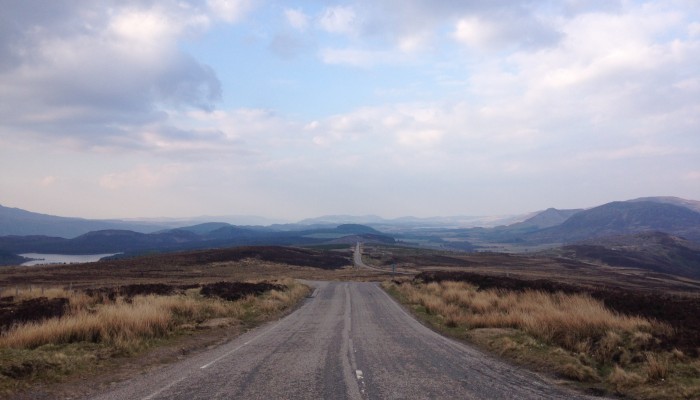




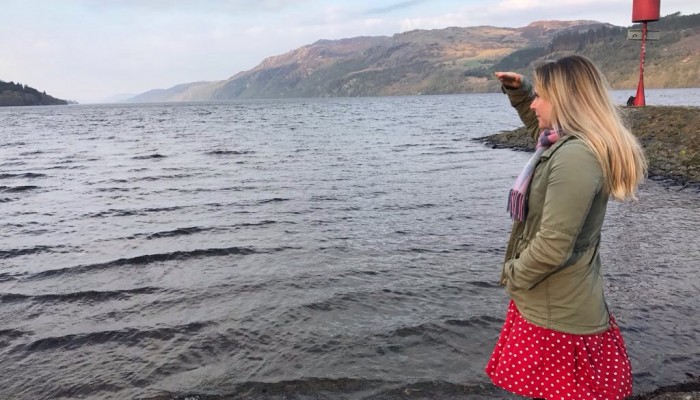



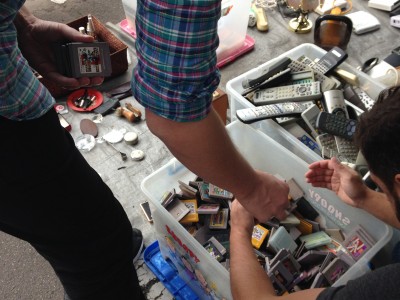




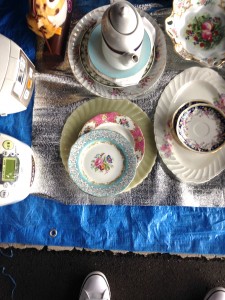
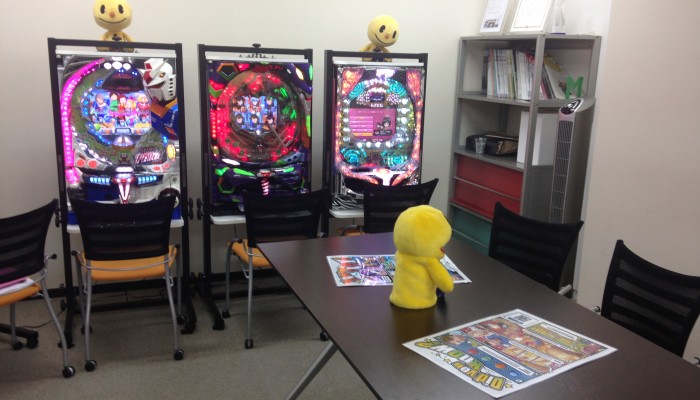
 J
J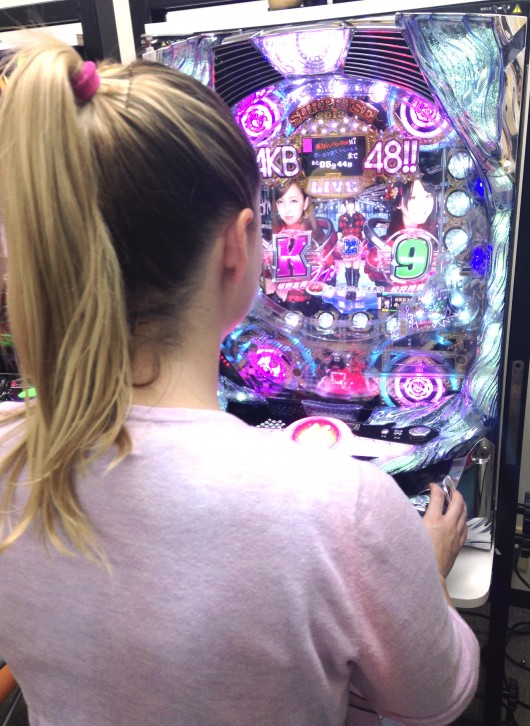
 H
H
